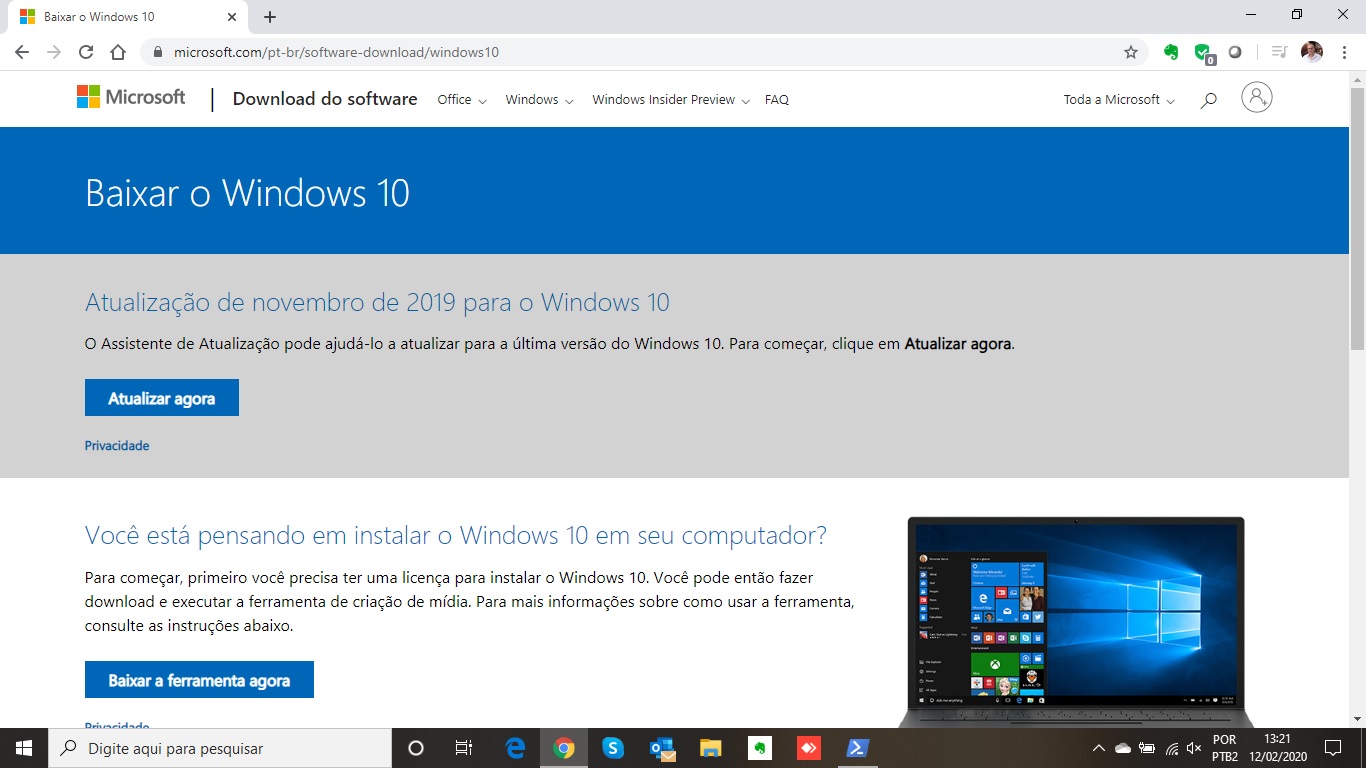

If you're setting this up for a different computer, make sure the settings match what's on your target device.

Since you're trying to upgrade, you'll want to leave this with the default settings since they match your PC. You'll see a screen with language, architecture, and edition options related to the Windows installation.Don't worry, you can use this method for the same PC you're already using. After accepting the license terms, choose Create installation media (USB flash drive, DVD, or ISO file) for another PC.We're going to be focusing on using an ISO file here, but the process is very similar if you want to create a USB drive. If this is the route you want to take, run the Media Creation Tool as mentioned above. Make sure to back it up to another device. Wouldn't it be better use rsync instead of cp -r ?ĭo all this steps have to be done as root? If not, do I need to chmod all files to 664 and chown all the directories that are used to mount the USB device and the ISO image? I suppose that it's just easier to copy the data as root and it not affect the data.If you use a USB drive as installation media, any data on it will be deleted. Shouldn't the usb work without doing the last step # ms-sys -7 /dev/sdb ? Or is it to make the usb bootable? Does it only to mark the partition as bootable? Open gparted, select the USB drive, right-click on the file system, then click on "Manage Flags". Make sure the write is flushed (be patient it can take a few minutes): Check what device your usb media is assigned ( fdisk -l ) here we will assume it is /dev/sdb.ĭelete all partitions, create a new one taking up all the space, set type to NTFS, and set it bootable:.Here is the complete rundown, see serverfault question for more details: This works with the retail version of Windows 7. Basically, the missing step was to write a proper boot sector to the usb stick, which can be done from linux with ms-sys. However, there seems to be a missing step in this method and/or a step that I'm not sure is necessary.ĭd doesn't always work. I found another method in various places, that is almost the same what was mentioned at TechNet. I asked in TechNet about this, and I got a reply with general information on how to do it: I have been reading some web pages and posts (here and in other forums) about how to create a Windows 7 installation USB media from linux (to install Windows 7)


 0 kommentar(er)
0 kommentar(er)
